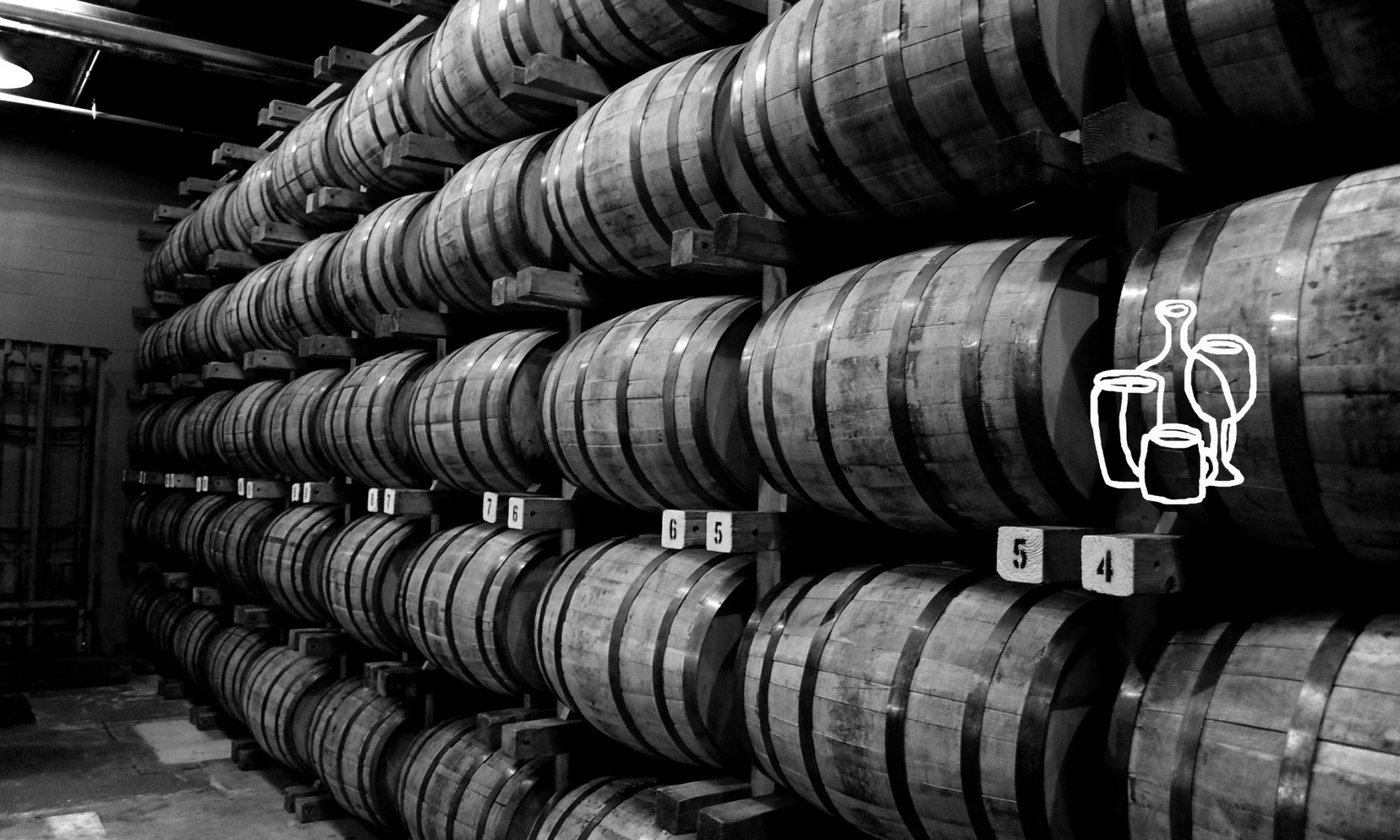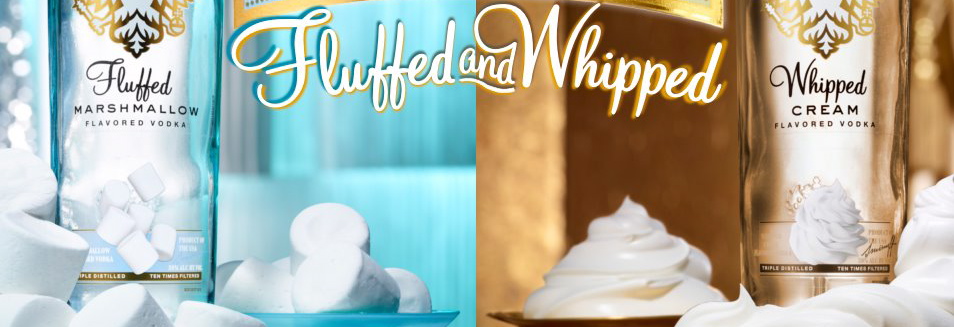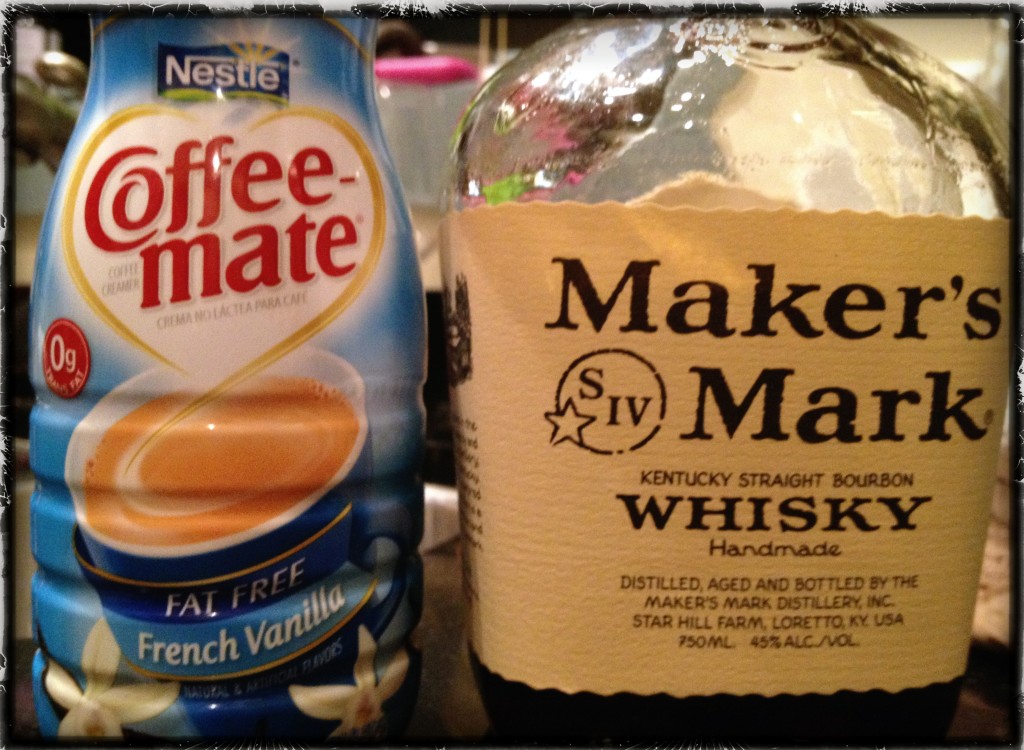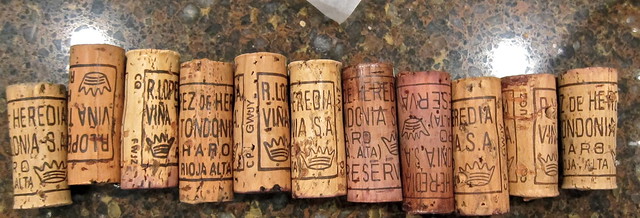
So-called “white whiskey” or “moonshine” brands seem to be breeding like bunnies these days. That makes sense, given the interest in the “forbidden” nature of moonshine and especially given the explosion in startup distilleries across the South and the United States more broadly. If you’re a startup, the last thing you want to do is make a product that you can’t sell for three or six or ten or (gasp) twenty years. White whiskey, of course, is “white” because it’s unaged.
 Now, unaged does not mean “without character,” but the character of an unaged whiskey is inherently very different than one that’s been sitting in oak for years. The unaged whiskies I’ve tried have ranged from undrinkable to truly fantastic. At the truly fantastic end of the spectrum is the OMG Pure Rye from High West – delightfully yeasty and a real artisan product. At the undrinkable end of the spectrum are a few of the white whiskies put out by the larger producers who have simply bottled the stuff that goes into their barrels before it ever hits the barrel. At best, these are educational drinks and give insight into the wonderful magic that time in a barrel can make of a spirit that you’d rather spit out at first.
Now, unaged does not mean “without character,” but the character of an unaged whiskey is inherently very different than one that’s been sitting in oak for years. The unaged whiskies I’ve tried have ranged from undrinkable to truly fantastic. At the truly fantastic end of the spectrum is the OMG Pure Rye from High West – delightfully yeasty and a real artisan product. At the undrinkable end of the spectrum are a few of the white whiskies put out by the larger producers who have simply bottled the stuff that goes into their barrels before it ever hits the barrel. At best, these are educational drinks and give insight into the wonderful magic that time in a barrel can make of a spirit that you’d rather spit out at first.
Two of the more interesting Southern white whiskies to arrive in the past year have very different ideas of what a white whiskey can (or should) be, and you get a sense of those ideas right on front of their (beautiful) bottles. The first bottle, Troy & Sons Distillers Small Batch Moonshine, calls out that that it is “handmade with Crooked Creek corn,” an heirloom variety found near their Asheville, North Carolina, home. This is clearly a story of small batch production and small batch ingredients. The second bottle, American Spirit Whiskey, calls out most prominently that it’s “ultra-filtered.” Their calling card is “versatility” and taking the bite out of typical unaged whiskey alternatives. Intrigued?
Both of these products clock in at 80 proof. Both are clear as glass. Both speak with a slow Southern drawl and have wonderful backstories worth checking out (go to their websites for that!). And both put a big emphasis on their ability to make great cocktails. But what about the distinctions?
Troy & Sons is trying to capture the taste of (really good) moonshine from the past, while American Spirit Whiskey is crafting a modern story that both embraces and eschews its whiskey roots at the same time. How’s that?
American Spirit Whiskey is different than any other whiskey I’ve tasted, especially in its composition. I encourage you to read their FAQs for the whole story, but the gist of it is that this is a blend of 5% “bourbon-quality white dog” and 95% grain neutral spirits (distilled from corn) that is then filtered through a unique process that does indeed produce a surprisingly smooth and flavorful result. This is akin to a gateway whiskey for vodka drinkers. And, in that respect, it works. Here in Atlanta, bartenders have embraced the stuff as it is highly adaptable to a range of cocktail recipes. Likewise, Troy & Sons has won raves for their Small Batch Moonshine. One taste lets you know that corn is the source.
So how do the two compare taste-wise? On to the tasting notes:
 American Spirit Whiskey
American Spirit Whiskey
80 Proof
Approx. $30 Retail
The nose is clean, but with a definite hint of grain or malt, a bit of grassy herbs, and just a touch of a purple grape-like fruitiness. Neat, there is a nice smooth body to it, again a clean-ness that drinks surprisingly well and goes down (a bit too) easy. It has a soft minerality to it, and, like the nose, a slight fruitiness. The finish stops short but then comes back with a bit of heat at the end. A cube of ice accentuates the crispness, and brings out a subtle caramel-honey towards the finish. Cocktails? Yes, use this in place of vodka in just about anything for a bit more intrigue. Vodka is actually a better frame of reference for this than “whiskey” per se.
Good Stuff – a unique and intriguing spirit, suitable for sipping or a wide range of cocktails. Calling it “the Most Versatile Whiskey in the World” may not be quite right, but it is versatile, indeed. Here are some good recipes to get you started.
 Troy & Sons Distillers Small Batch Moonshine
Troy & Sons Distillers Small Batch Moonshine
80 Proof
Approx. $30 Retail
The nose on this nearly explodes with green corn or corn husk, especially after the subtle clarity of the American Spirit Whiskey. There’s a bit of a green menthol undertone on the nose as well that takes this away from a basic corn profile and into the territory of a good sake. The mouthfeel is lush and round, and the sweeter side of the corn starts to show, but again with an herbaceous quality that rounds out the sweet corn character. The finish is pleasantly long, with a lip smacking lingering layer of minty corn. Minty corn? It works. With a cube of ice, the body rounds out even more, the sweetness pops in the mid-palate, the finish smooths out as well. As for cocktails, Troy & Sons says to use their moonshine “in place of gin, vodka, tequila or rum.” That’s a big stretch if you ask me – this is corn whiskey, through and through, and very good corn whiskey at that. I’d say look for recipes that call for moonshine and this will beat out competitors, or for something adventurous, look for recipes that call for sake and see how this works.
Good Stuff – this may be the best commercial “moonshine” I’ve had, meaning it captures the character of what really good moonshine should be, with evident corn but enough complexity and smoothness to make things really interesting.

*******************************
* Thirsty South Rating Scale:
Wow – among the very best: knock-your-socks-off, profound, complex liquid gold!
Excellent – exceptional in quality and character, worth seeking out, highly recommended
Good Stuff – solid expression of its type/varietal, enjoyable and recommended
Fair – fairly standard or exhibiting obvious though minor flaws
Avoid – move away folks, nothing to see here, a trainwreck
Full Disclosure: Products provided as tasting samples for this review.





 I have something to admit. I hate big wine tasting events. Same thing for beer. I keep getting drawn into these types of events for the opportunity to try new things, to overload on whatever it is that is being poured. But I really tend to regret it afterwards, kind of the way one feels after eating too much at an all-you-can-eat buffet, shamed by participating in something that goes beyond reason, ready to perform penance for your sins (whether gluttony or greed or even envy of others).
I have something to admit. I hate big wine tasting events. Same thing for beer. I keep getting drawn into these types of events for the opportunity to try new things, to overload on whatever it is that is being poured. But I really tend to regret it afterwards, kind of the way one feels after eating too much at an all-you-can-eat buffet, shamed by participating in something that goes beyond reason, ready to perform penance for your sins (whether gluttony or greed or even envy of others).

 As we began tasting, Maria pointed out a few unique aspects of tasting these wines. The whites are best served close to room temperature (slightly chilled) to allow the flavors to fully show their stuff. I’ve had them served cold before, and it definitely does the wine a disservice. She does not recommend decanting, but opening the bottle up a bit in advance will not hurt. These wines do evolve in very interesting ways over the course of an hour or two hours or even two days. Maria also shared that the wines are really made for food – yes, they are fascinating by themselves, but paired with some cheese, some meats, the enjoyment increases. (On that note, Tower’s Stacey Sondek did a nice job putting together an array of Spanish cheeses, smoked fish, prosciutto and more to accompany the wine).
As we began tasting, Maria pointed out a few unique aspects of tasting these wines. The whites are best served close to room temperature (slightly chilled) to allow the flavors to fully show their stuff. I’ve had them served cold before, and it definitely does the wine a disservice. She does not recommend decanting, but opening the bottle up a bit in advance will not hurt. These wines do evolve in very interesting ways over the course of an hour or two hours or even two days. Maria also shared that the wines are really made for food – yes, they are fascinating by themselves, but paired with some cheese, some meats, the enjoyment increases. (On that note, Tower’s Stacey Sondek did a nice job putting together an array of Spanish cheeses, smoked fish, prosciutto and more to accompany the wine). The wines tasted last night included two Lopez de Heredia whites and four reds. Very brief tasting notes are below, but the overwhelming takeaway is that these are stunning wines of complexity and character, unlike anything being made in America or anywhere else in the world really (on the red side, you’ll see some similarities to older Burgundies, but Lopez de Heredia certainly has its own very distinct terroir). Lopez de Heredia also focuses on their two primary vineyards – Tondonia and Bosconia – and contrasting the two demonstrates the degree to which the wines from nearby vineyards can diverge, even with very similar mixes of varietals in the bottle. Bosconia produces more earthy and powerful reds; Tondonia is lighter and more elegant.
The wines tasted last night included two Lopez de Heredia whites and four reds. Very brief tasting notes are below, but the overwhelming takeaway is that these are stunning wines of complexity and character, unlike anything being made in America or anywhere else in the world really (on the red side, you’ll see some similarities to older Burgundies, but Lopez de Heredia certainly has its own very distinct terroir). Lopez de Heredia also focuses on their two primary vineyards – Tondonia and Bosconia – and contrasting the two demonstrates the degree to which the wines from nearby vineyards can diverge, even with very similar mixes of varietals in the bottle. Bosconia produces more earthy and powerful reds; Tondonia is lighter and more elegant.




